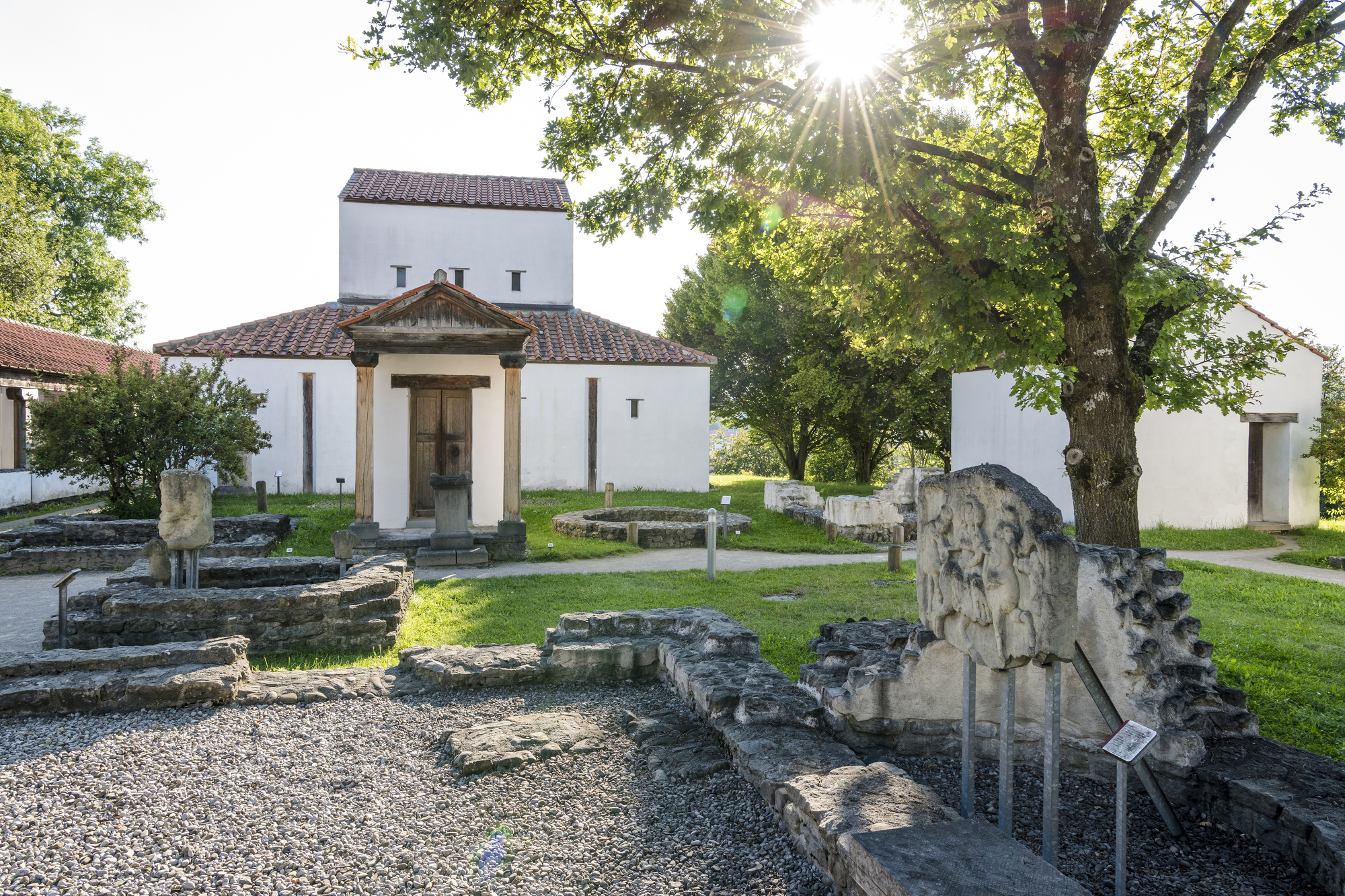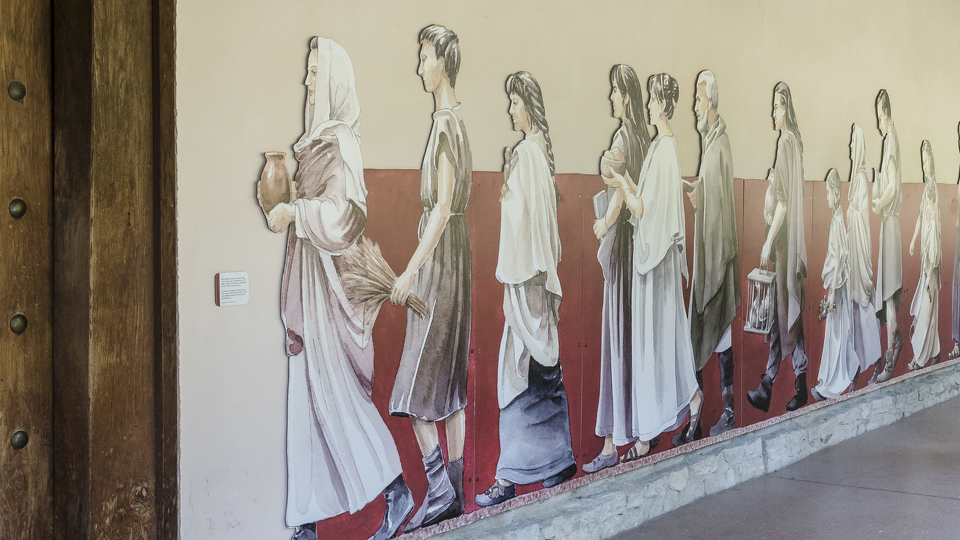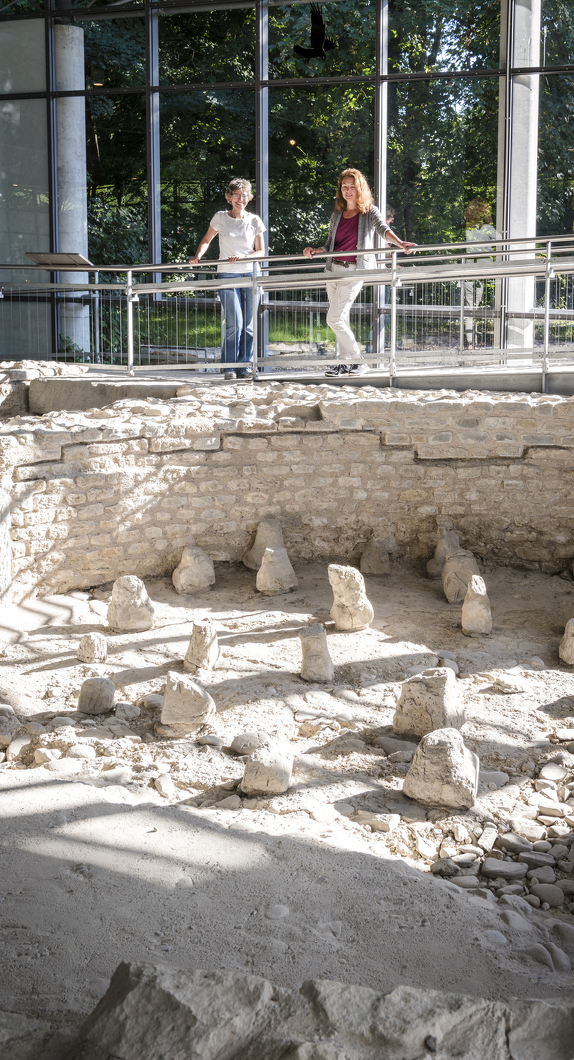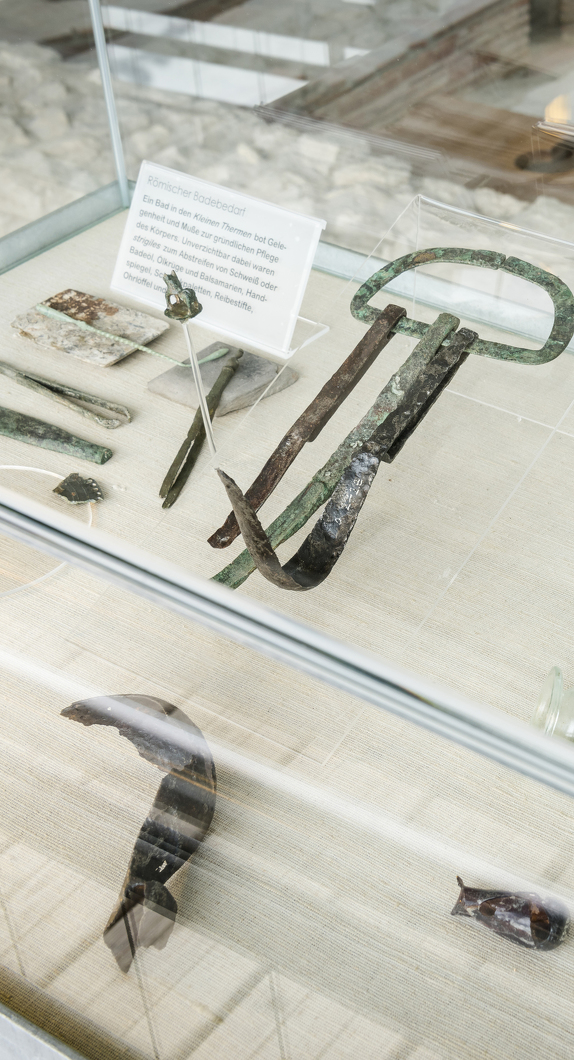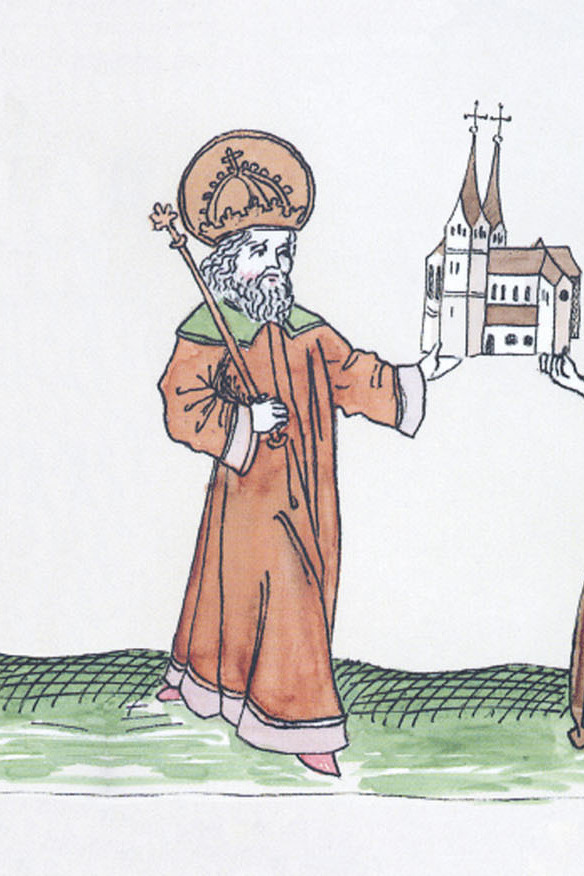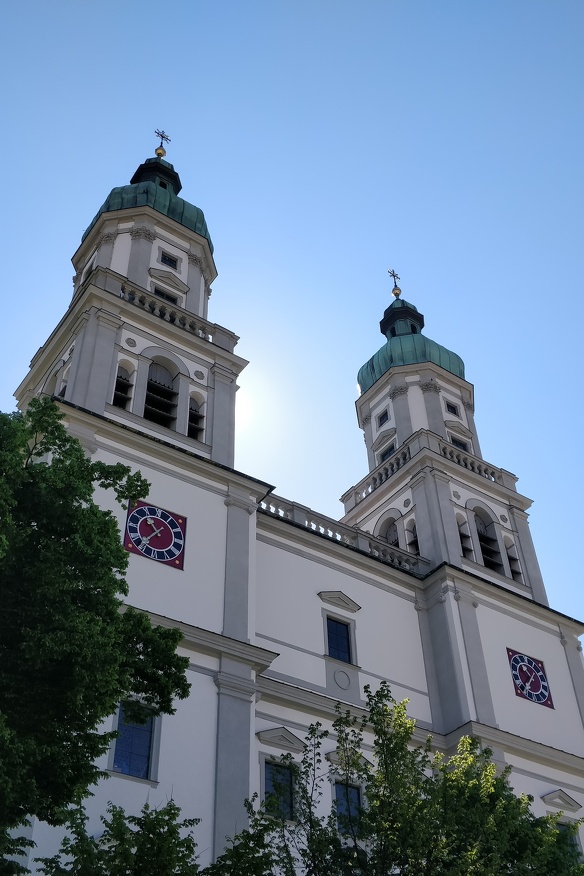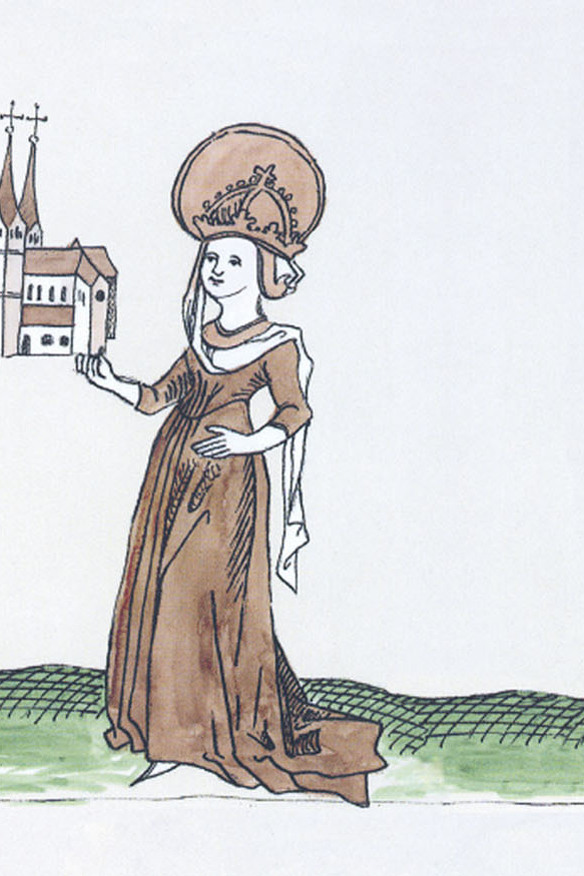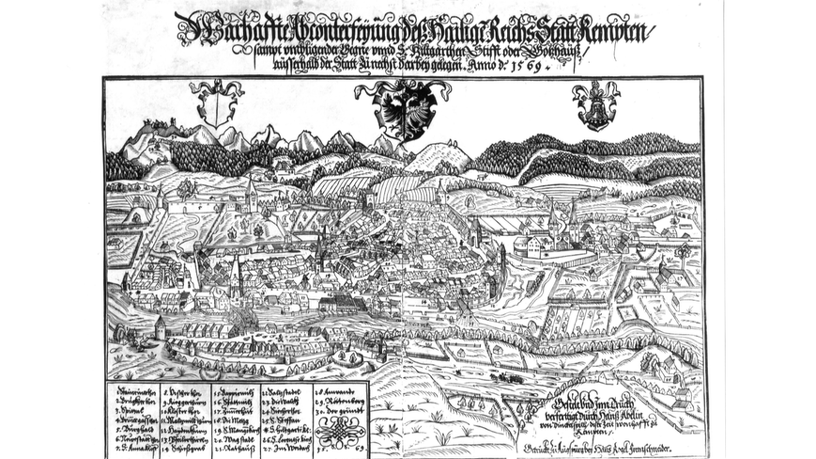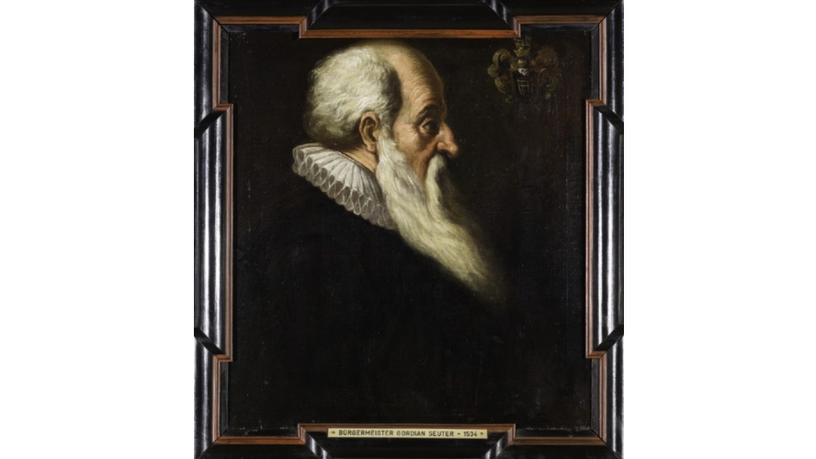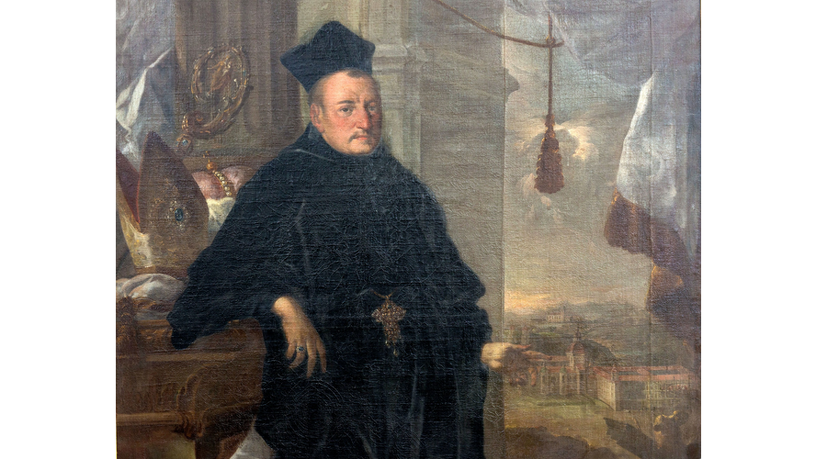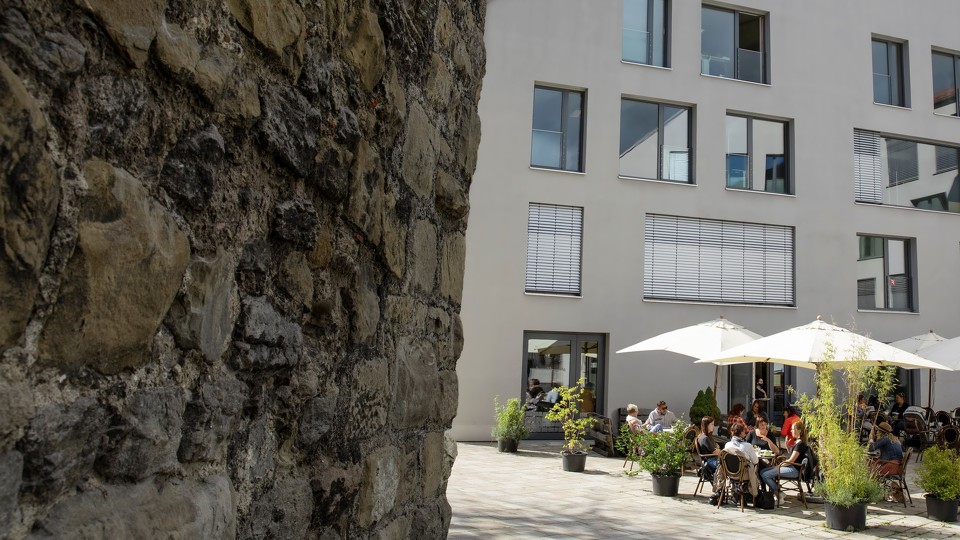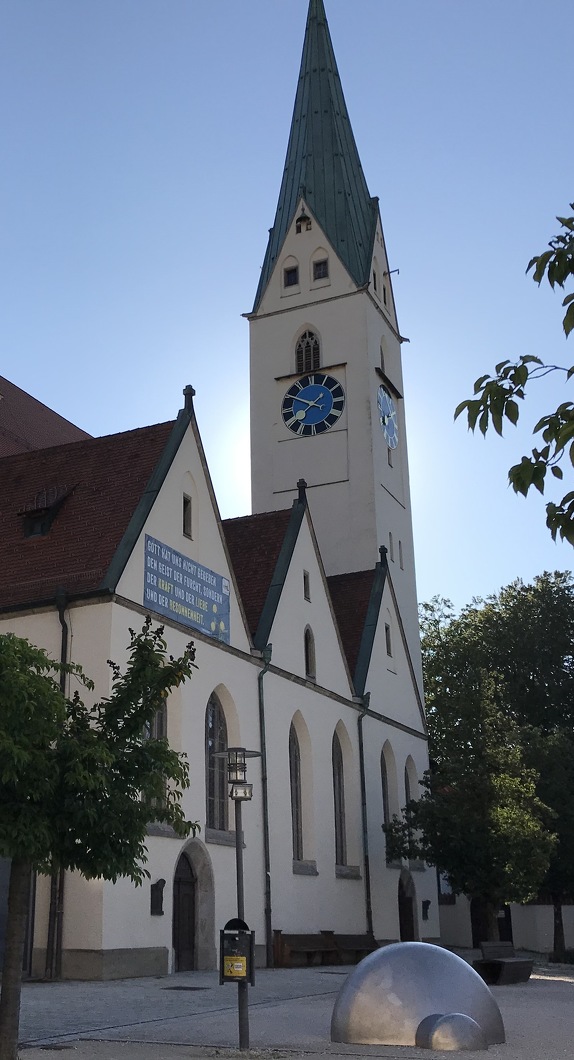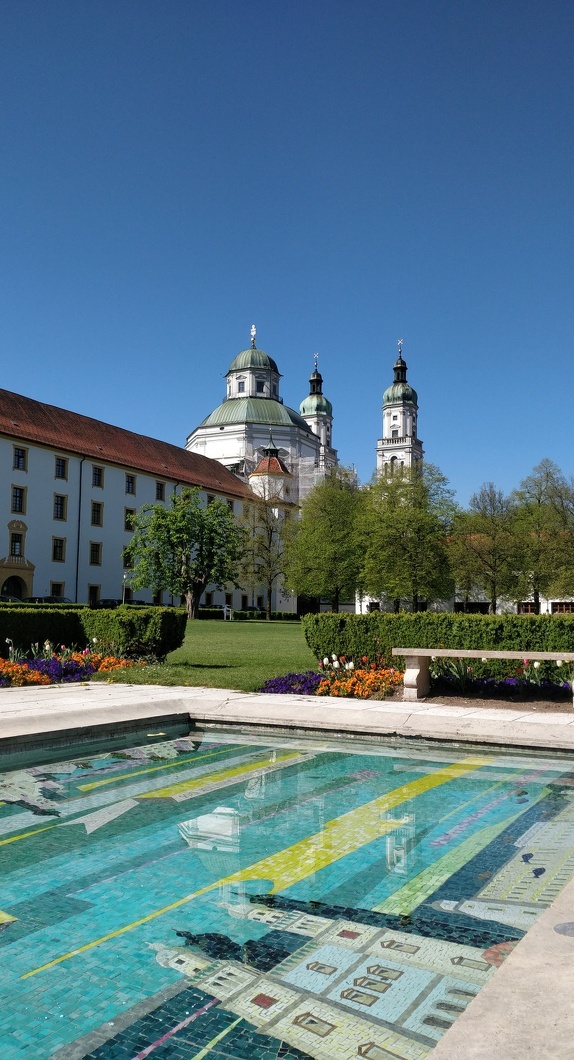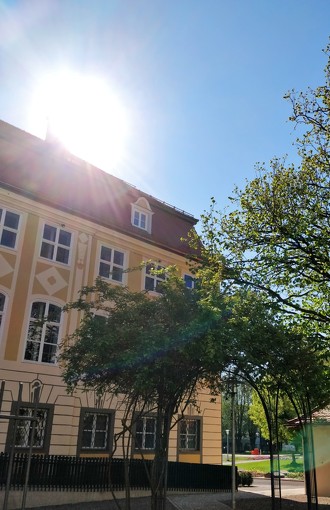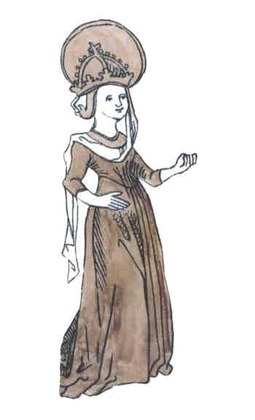Roman town, double town, Allgäu metropolis
The history of Kempten goes back to the times of the Romans that is more than 2.000 years of town history. Apart from being a Celtic settlement and capital of a Roman province, Kempten also became known as a rival double town. For a rather long time, there existed two competing town, both called Kempten, next to each other. They were unified under Bavarian leadership and they are known as the metropolis of the Allgäu region these days.
But – one after the other. Carry on reading and learn all about the most important stations of the 2.000-year-old history of Kempten.
